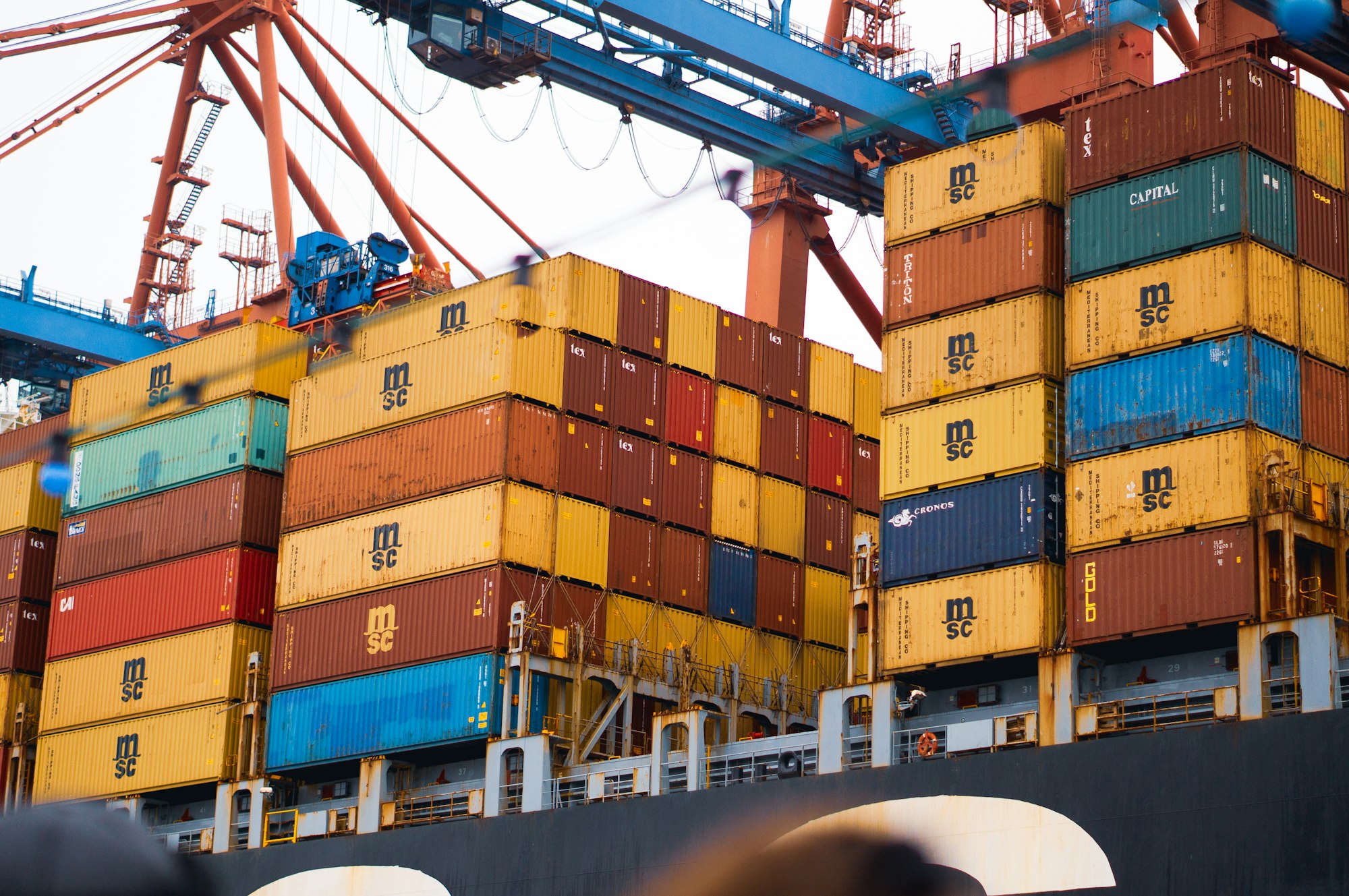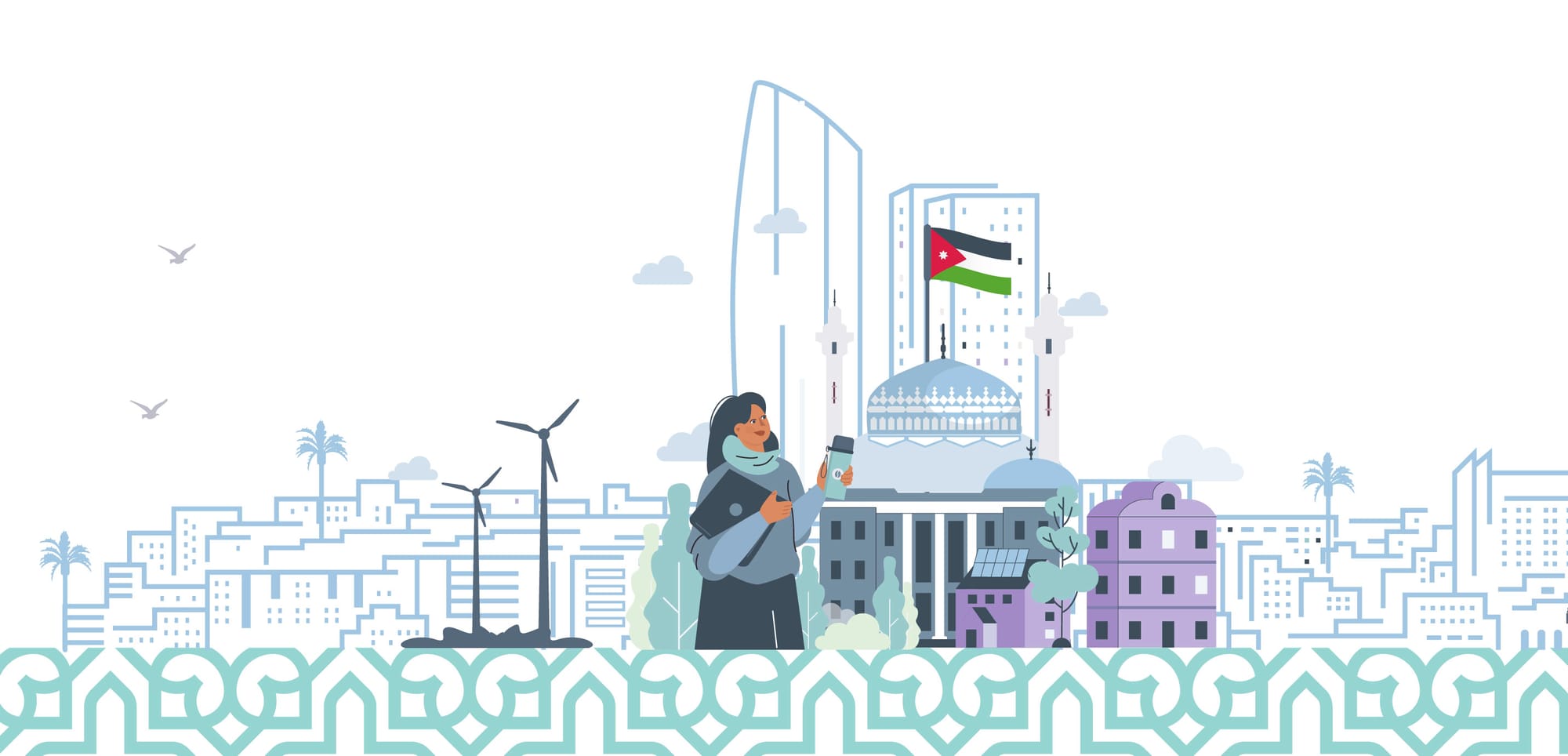In 2015, when the White House celebrated the reauthorization of the African Growth and Opportunity Act (AGOA), then-President Barack Obama reiterated what has become a consistent American message: Africa will be the world’s next major economic success story with the United States a committed partner in that success.
Six years ago, accordingly, the U.S. Agency for International Development (USAID) set out to dramatically increase regional trade in Southern Africa. Its partners in this ambitious endeavor—trade promotion service providers (TPSPs), trade and investment promotion agencies (TIPAs), and business membership organizations (BMOs)—shared a compelling vision for Southern Africa, one sharply focused on economic growth, poverty alleviation, and food security.
Leading the charge was the USAID Southern Africa Trade and Investment Hub (USAID TradeHub). The central task before the USAID TradeHub, a key program under the Trade Africa Initiative and Feed the Future (FTF), was to make America’s commitment felt in the daily lives of more than 200 million Southern Africans. The USAID TradeHub set out to assist Southern Africans to benefit from trade simplification, harmonization, and facilitation; increased trade and investment among the Southern African Development Community (SADC) member states; and a mutually beneficial U.S.-African partnership to bring in much-needed skills, capital, and technology across nine Southern African countries.
The project committed to help Southern Africa create a more integrated regional economy that delivers tangible economic benefits and improved food security through increased global competitiveness, trade, and investment.
“Sustainability was central to our strategy,” said USAID TradeHub Chief of Party Frank O’Brien. “By strengthening the capacity of the nine targeted SADC countries, and private and civil society actors, encouraging African ownership of interventions, and facilitating and incentivizing long-term partnerships among U.S. and Southern African actors, we wanted to ensure the institutions were set up to advance regional integration after our contract ends.”
The project, which ended in September, exceeded nearly all its targets, including:
• Total exports facilitated by the project from the region to South Africa and the United States under AGOA: $418 million (target: $126 million).
• Total finance and investment facilitated: $214 million (target: $168 million).
Diving into these numbers shows that the USAID TradeHub strategy was extremely effective.
Focus on South Africa as Region’s Economic Engine
Given South Africa’s status as an upper-middle-income economy and given its large population, the USAID TradeHub worked to boost exports to the country from the other eight Southern African nations (Angola, Botswana, Eswatini, Lesotho, Malawi, Mozambique, Namibia, and Zambia). The project took a two-pronged market systems approach:
• Facilitating export deals at the enterprise level, thereby creating an example or demonstration for aspiring exporters.
• Strengthening the broader trade ecosystem, thereby bolstering longer-term mechanisms for export promotion.
Export firms were divided into three categories based on their experience and management capacity, with “gazelles” being generally the biggest and most established companies; “impalas,” mid-tier; and “bushbucks,” the least experienced. We engaged gazelles and impalas the most, in the expectation that they would in turn become examples to the bushbuck firms.
All the while, the team partnered with TPSPs, BMOs, and TIPAs, providing them with export-promotion tools and systems to buttress the overall trade ecosystem. Key assistance included helping firms prepare for tradeshows, assisting firms with creating a professional web presence, facilitating introductions to potential buyers, and supporting firms to be listed on online platforms.
For example, in May 2022 the Botswana-based Organic Naturals Skincare went live on the Takealot online sales platform, after shipping 300 units of cosmetic products valued at $4,200 to South Africa through the e-commerce management firm Enter Africa. The listing on Takealot followed support from the USAID TradeHub, which linked the supplier to Enter Africa through a December 2021 webinar on exporting to South Africa via e-commerce. Having made this link, in January 2022 the USAID TradeHub paid 60 percent of the cost to test nine of the exporter’s products, with the cosmetics firm covering the balance. The successful testing—for product safety, quality, and label compliance—positioned the firm to sell regionally, with a focus on the major market of South Africa.
An earlier example came in 2021, when Eswatini Kitchen, a manufacturer of natural foods such as jams, marmalades, sauces, and chutneys, closed a deal with South African buyer Spar Group. The $400,000 deal followed linkages between the two firms established by the USAID TradeHub in 2020.
Out of (South) Africa
While the team assisted firms in Southern Africa to reach the South Africa market, a complementary objective was to encourage South Arica’s investors to invest—with capital or technology—in the eight USAID TradeHub focus countries.
“Our approach among the three main objectives has meant that export trade deals have helped to mitigate risk for capital providers,” said O’Brien. “This risk mitigation enabled access to finance for firms that may not have a strong balance sheet. This feature was especially true for businesses that were cash-strapped due to the COVID-19 pandemic.”
The USAID TradeHub team also facilitated finance and investment from South Africa not tied directly to trade deals, but where businesses demonstrated longer-term potential for intra-regional trade or where the investment enabled technology transfer. Lastly, we also facilitated access to financial education through regional providers to improve the quality of applications to capital providers—increasing the applicants’ chances of success.
The final tally is impressive. From October 2019 through September 2022, the project’s partners have facilitated $25 million in equity investments, $26.9 million in long-term debt, and $7.1 million in trade finance for 18 firms across the eight targeted countries. U.S. Government in-kind investments were also provided to 170 small and medium enterprises (SMEs), contributing a value of $5.1 million in improved business operations and access to markets. An additional $153 million of investment deals that did not focus exclusively on investment from South Africa to the region were facilitated prior to 2019. This brings the total finance and investment facilitated to $214 million, exceeding the project’s target by 128 percent.
The deals don’t typically end when the project ends. The team expects: 1) $126 million of financing for 33 exporting firms facilitated by Foxfin, a South African financial services firm; 2) Nations Capital is actively pursuing at least three term-sheet offers for $18.8 million to firms it supported; and 3) Cala Capital is seeking to close deals worth $6 million.
“The assistance provided by the USAID TradeHub to provide transaction advice and to improve investment memoranda [detailed business plans that highlight information required by an investor to understand the business] was an incentive for capital providers to consider deals they would not have otherwise,” said O’Brien. “The improved business profiles and introductions from the transaction advisory firms helped capital providers recognize opportunities and think differently about firms outside of South Africa.”
Making the Most of the AGOA Mechanism
The project employed similar tactics to increase utilization of the AGOA facility in Southern Africa by: 1) supporting the development and implementation of AGOA utilization strategies for seven of the nine focus countries, 2) assisting firms through webinars, tradeshows, and buyer missions, as well as supporting certifications and other market-entry requirements, and 3) bolstering the broader market ecosystem by working with the public and private sectors and building the capacity of TPSPs, BMOs, and TIPAs to support AGOA initiatives.
By the end of the project, the team facilitated $234 million in total exports to the United States, compared to a target of $56 million. The most successful exports were textiles and apparel—primarily from Lesotho and Eswatini—followed by specialty foods, home décor, and cosmetics.
“Working with the USAID TradeHub has been really integral to our growth, especially in the U.S. market,” said Johannes Visagie, Founder of Secret Kalahari, a health and beauty shop in Botswana. “First off—we got to understand all the requirements that needed to be met before one can export. Our listing on Amazon happened, again through USAID TradeHub contracting a very knowledgeable U.S.-based e-commerce agent. This has seen us export and sell products as our products were well received by American consumers. We are very positive about the future.”
Angola’s Foodcare—a woman-owned producer of organic food products—obtained U.S. Food and Drug Administration (FDA) registration, which facilitates entry of the firm’s products into the United States. Foodcare received this registration in time to ship samples for exhibit at the 2022 Summer Fancy Food Show in New York—a first for the company. The company received USAID TradeHub support and partial financial assistance both for the registration process and the tradeshow exhibition. FDA registration opens up broad possibilities for the company’s export prospects both to the United States and other markets.
Trade law centre (Tralac), a project grantee, successfully maintained the AGOA website, covering updates on general AGOA information, technical guides, AGOA data sections, exporter toolkit resources, international commercial terms, U.S.-Africa bilaterals, a library, national AGOA strategies, and more.
To support industry-level actors still further, the USAID TradeHub forged linkages between TPSPs and U.S. buyers, with the ultimate aim of making our export efforts sustainable. One example of this drive was the annual country-level and regional Exporter Awards events, which most of the USAID TradeHub focus countries have since adopted. A three-part AGOA manual launch was conducted across the region, covering: 1) AGOA fundamentals, 2) exporting food and agricultural products, and 3) exporting textiles and apparel. More than 100 TPSPs and their members attended.
Systems in Place
The USAID TradeHub laid a solid foundation and realized significant export opportunities across both agricultural and nonagricultural sectors, encompassing multiple enterprises. Its market systems approach created a strong network of support services to help firms secure and retain ongoing export deals. But that is far from the end of the story. Every export deal is part of the development of a long-term trading relationship and trading profile enjoyed by a wider array of firms and the region. Non-performance by one supplier can have a harmful effect on other regional suppliers. This degree of mutual dependence is often not well understood and can undo delicate relationship management in the Southern Africa region.
Finally, it bears noting that the availability of trade finance for pre-and post-shipment working capital is critical to deal closure. If such financing is not available, shipment, logistics, and related costs become challenging for export firms, potentially leading to delays and even deal failure. That said, despite the challenges presented by the COVID-19 pandemic through most of 2020 and 2021, the ability of Southern Africa’s enterprises to bounce back in 2022 has been formidable, and is testimony to the vitality of the region’s private sector. The USAID TradeHub team is proud to have contributed in some degree to this resilience.





